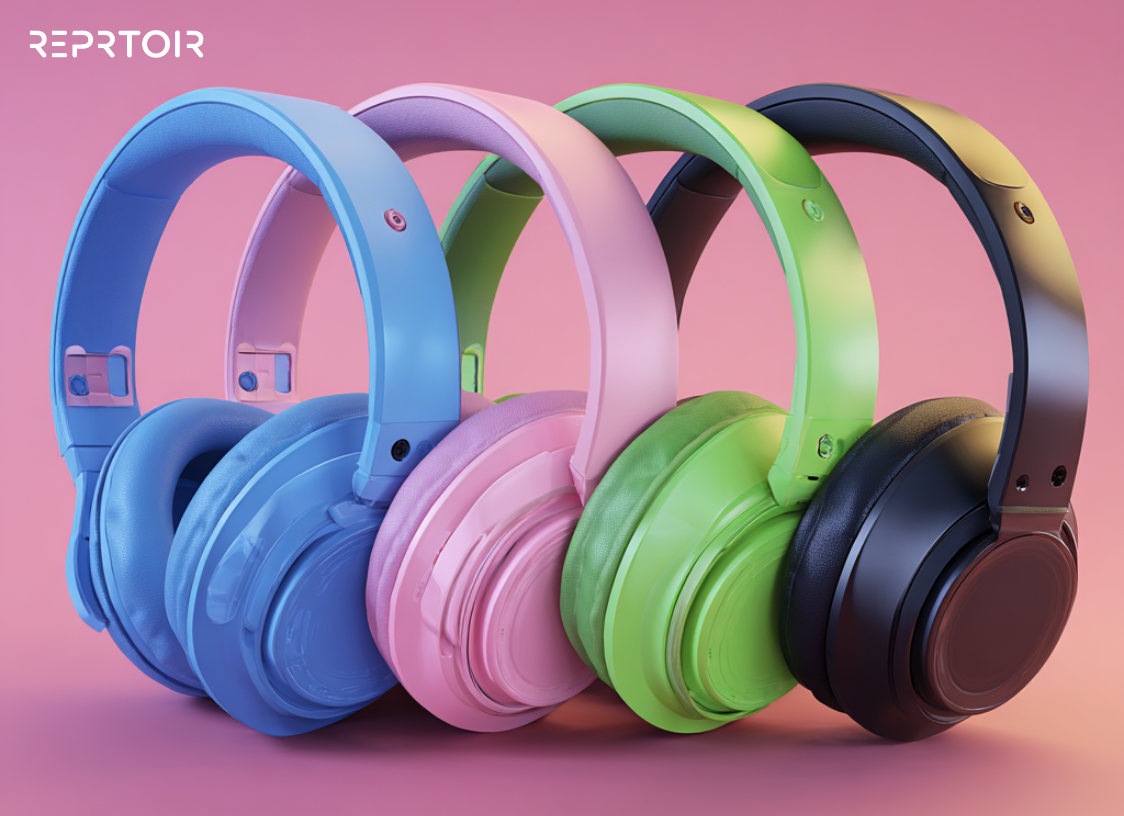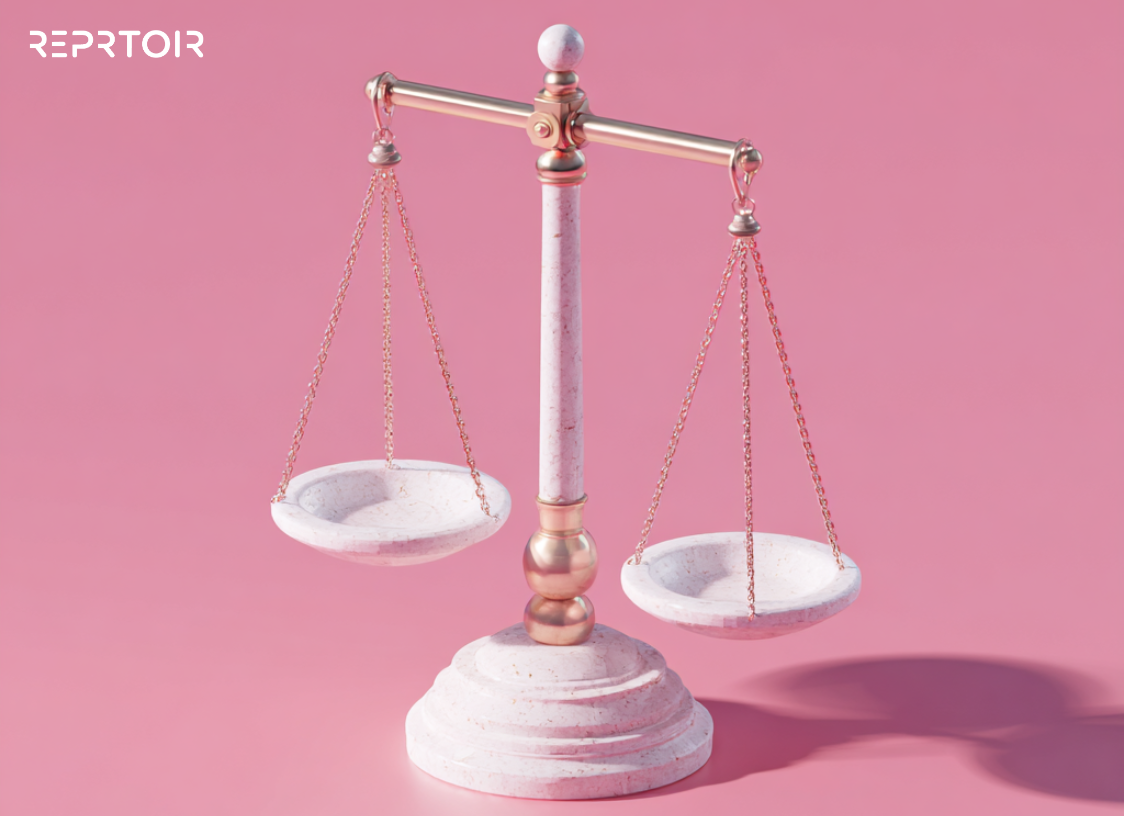Music is a medium that has always been surrounded by a lot of other media. From music journalism to music videos, movies, cameos, merchandise etc. The list goes on. When you plug that into the digital age, the creators of all of these different kinds of content are granted direct access to larger audiences.
Creators are increasingly amplified and the monetary consequence of this situation is what we know as the creator economy. According to Forbes magazine, the creator economy is a little larger than $100 billion dollars.
How Did We Get Here? (And How Does it Work?)
There has been a massive move towards policies that encourage remote or work-from-home type jobs due to the pandemic. Many creators have taken on their passions as a second job: the side hustle. It’s worth noting that the creator economy isn’t the only one to have evolved from current events and the natural marketplace progression.
For record labels and aspiring artists this has provided an avenue that has helped soften the blow they took when live gigging was deemed non-essential and shut down. From content-writing to music videos and the subsequent explosion of direct-to-fan streaming services, the creator economy is booming.
As a record label or independent musician, this means a slight reworking of the strategy – even rethinking. When it comes to marketing efforts it helps to think less as a pusher of music and more as a fully blown media outlet, and here’s why.
There are more revenue streams available when you create more assets. More content equals more ways to make money – it really doesn’t get much simpler than that. For example, a good marketing strategy for a record label is a blog or vlog. This kind of content is much cheaper to produce than music and acts as a structure around it to lift it up. Of course, with enough consistent traffic advertising and affiliate marketing streams of revenue can open up.
It is fast proving to be one of the most consistent ways to keep your fans more engaged and connected to your brand. The same applies to live streaming. The ability to stream live is taking centre stage as the closest thing to a live gig that can happen as authorities adapt to the ever-changing pandemic. In lieu of cover charges, channel subscriptions have opened another door to access revenue.
One example of this is Twitch’s Partner program where Twitch Partners can earn money by receiving subscriptions from their viewers. This has been a very important lifeline to many artists and of course labels, promotors and even venues as they made the temporary pivot from in-person shows.
YouTube is now running a similar program to the Twitch Partner format as well, allowing for monthly subscribers to channels. and it appears that the creator economy is not only shaping the way creators earn, but also the way online content is viewed and paid for.
As objectives of creators evolve from making fractions of a cent per stream to making a recurring monthly earning through channels an industry of startup services has emerged as well. Often creators will have a number of businesses that they are running in various niches or skill sets. This has been massively aided by the tools that are now available. You don’t need to know how to code to write a website, or how to design an album cover.
Technology is enabling creators to stretch their legs. Tools like Reprtoir, which enable record labels to easily manage all of their assets and audio catalogs, among other things. This all of course begs the question:
What Does This All Mean for the Music Industry?
Record labels and indie musicians alike understand that making music and selling it are two different things. This means that anybody who is releasing a catalogue of music needs to think about the music as a slightly smaller piece of the pie. What it really means is that more assets mean more revenue.
The best approach that creators can take in their new economy, is a balanced and multifaceted one. Music videos, blogs, live stream events and social media all sort of play a role in the structure of the business side of things. Merchandise has been around for ages – and it’s the same thing, just physical rather than digital. Diversification of content is not a new concept, it simply evolves with the tools that are available.
Music has always been surrounded by other media, other art, other disciplines, and as the industry evolves and finds the way it offers more paths and opportunities for creators to work together to create a bigger pot to split. Writers, producers, social media managers, sales teams and of course, artists all work together to grow a community and support each other.
To do all that, it only makes sense to be organized. And thankfully, we’ve got it covered. Juggling multiple streams of revenue, new content while dealing with related rights won’t be manageable manually pretty soon. We’ve built a workspace you can use with a team, to manage catalogs, works, contracts, royalty accounting, releases, etc. Get your free demo with us and discover how we can help you!











